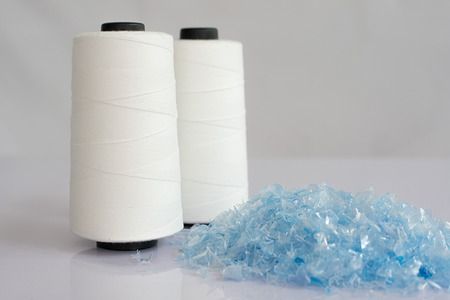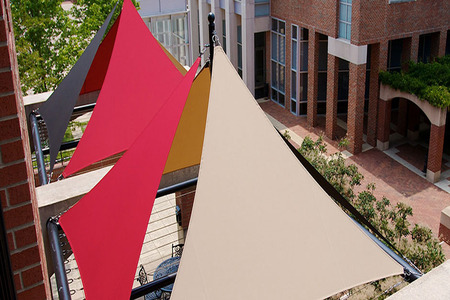
Is textile recovery the way forward?
YarnsandFibers News Bureau 2020-07-13 13:22:37 – USAAn interview was held by Waste 360 with Marisa Adler, a senior consultant at Resource Recycling Systems(RRS) to address textile waste problems in the U.S. The connection of fabric and textiles, the role of fashion and circular industry were covered in this interview.
Adler conveys that the company works with clients who either have waste diversion goals or are trying to find ways to incorporate recycled content into their product line. They extend their services to municipal and private sectors however, the company scrutinizes their agenda and political environment they are associated with and then helps them create programs and strategies on citing facilities. They also aid with sourcing studies, determining plans, and create tangible metrics to assist private sectors achieve their goals.
The new white paper presents today's environmental gaps and ideas for its solution. The main aim is to provide a common platform for people to understand the current state of textile recovery and create a baseline level of understanding to recognize the need for scalable systems solutions.Adler states that this move has gained popularity as people have finally started giving attention to textile waste problems.
Data for fiber composition, frequency, and volume of blend within the waste stream does not exist. This acts as a major gap that has been identified, as the source for this information forms the baseline for textile recyclers. This data is essential to develop, build, scale, and prove its feasibility model. The white paper lays out the need to conduct waste characterization studies of commercial as well as residential waste streams post-industrial, pre-consumer and post-consumer to establish those foundational data sets that can be utilized to construct the rest of the system.
When asked if fast fashion was the main reason behind textile wastes growth Adler replied by stating that it was to be considered a factor however, the lack of infrastructure is proving to be a key factor. She further adds that 85 percent of textiles generated are disposed and hence the road towards consumer behavior concerning reusable and recycled textiles is quite lengthy.
Market Intelligence
Ask for free sample Report

experience
Customer Base
dedicated team
Countries Served Worldwide









